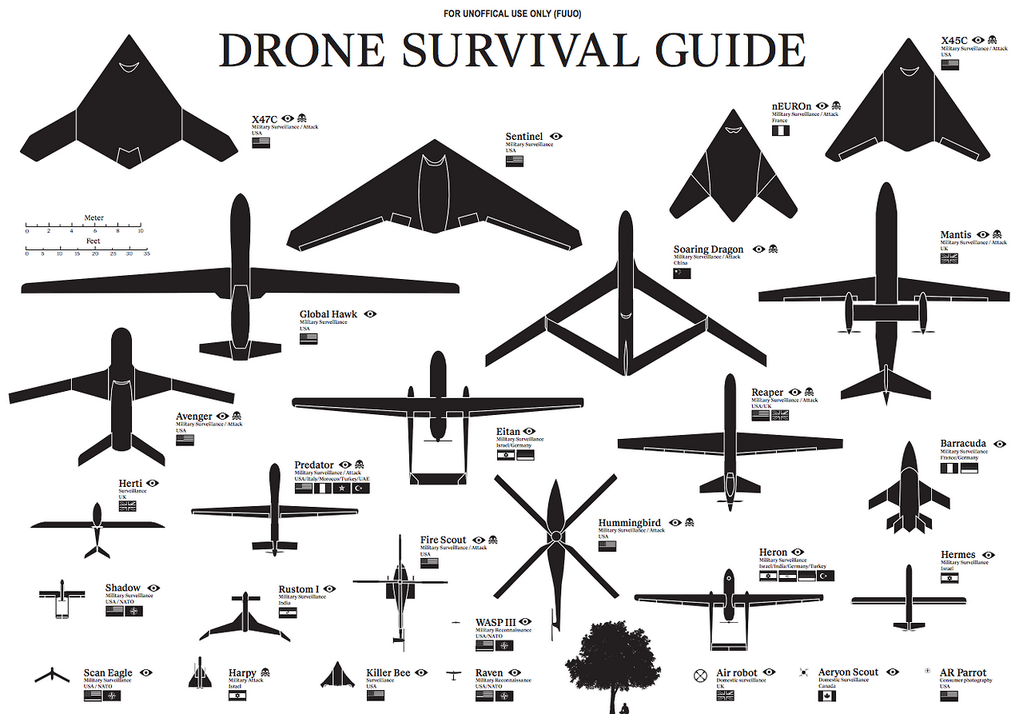Drone-Ethics part 2
Orthodox Price Theory and the Death of Protest

In part 1 of this series on Gregoire Chamayou’s Drone Theory, I explained how the author deployed Kant’s notion of the Categorical Imperative to argue that drones are an immoral tool of warfare as they kill their target without any possibility of them being able to fight back. If ethics is the contemplation of ways to help others and behave properly, then necro-ethics is Chamayou’s term for what he condemns in militarism as the contemplation of the best way to kill people.
While in Part 1, Chamayou turned Kant’s democratic pacifism on its head in order to argue that instead of reducing warfare, a democratic citizenry averse to putting themselves in harm’s way would actually give rise to the drone as a weapon of war, in this section Chamayou draws on orthodox price theory and the work of sociologist Beverley Silver to argue that drones increase the likelihood of warfare by reducing the cost of anti-war protest to the state. Chamayou reminds us that orthodox price theory states that lowering cost increases demand. In terms of drones this means that as the social cost of soldiers’ deaths are removed from the calculation of war, so too the demand for the use of drones in war, and hence the occurrence of war itself, increases. Here, Chamayou quotes Silver on the increasing “capitalization” of warfare as it focuses on technological solutions, “turns arming and war into exercises of fiscal, rather than social, mobilization.” Or, as Chamayou puts it, “The old model of a citizens army gives way to a market army.” (p.192).
In this way, not only do drones thereby lower the bar for warfare, they simultaneously raise the bar for protest. This is because in the past, as Silver points out, in order to fight a war the state had to draw on the very bodies of the populace, particularly the working class, to raise its army. If a war was going badly — Chamayou draws on the Vietnam War as a classic example of this — then the furious social forces boiling under the weight of excessive casualties could threaten to explode into a revolutionary situation, thereby providing a real check on the willingness of governments to carry on with an unpopular war. In fact, Silver goes as far to state that part of this bodily sacrifice was how the working class was able to leverage the post-war welfare state and full-employment from the political establishment. The dronization of warfare breaks this link between the bodies of soldiers and protest, turning warfare increasingly into a financial question rather than a moral one.
In part 3 of this exploration of Drone Theory I will investigate Chamayou’s contrasting of the suicide bomber with the drone pilot.
